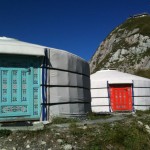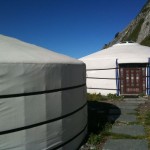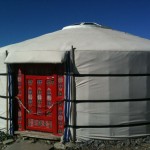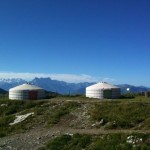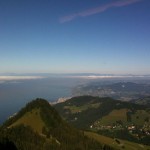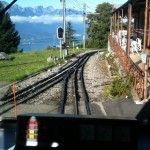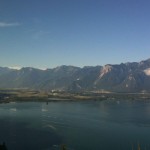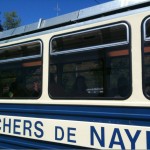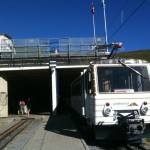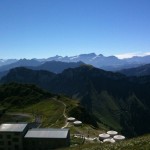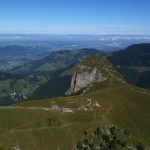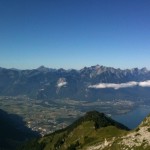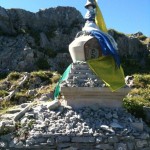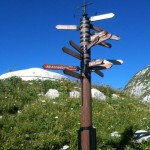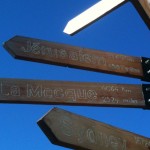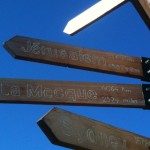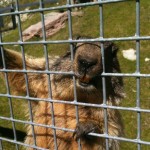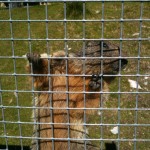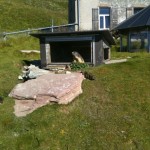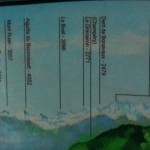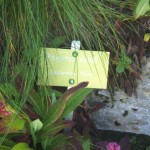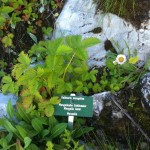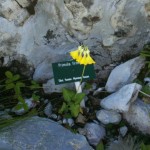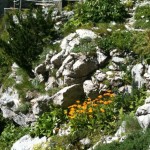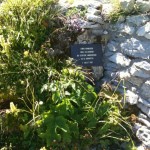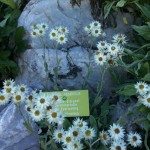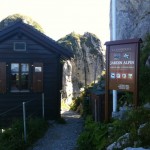Rochers-de-Naye, Switzerland 2
The train to Rochers-de-Naye departs every hour from Montreux station and it takes some 55 minutes. If you stay at a hotel in Montreux you will get a free travel card (Montreux Riviera Card) that covers buses and trains as well so for the trip you need to pay only for the distance that is outside of the area covered by the card. The views from the top are spectacular but the journey itself by the cog railway is already worth the trip.
And it is not only me that says that Rochers-de-Naye is a must see if you are in this part of the Switzerland but also a 4 star review (in fact more than 4 stars) on tripadvisor.

One of the peaks in the horizon is Mont Blank, the highest mountain in the Alps and in Western Europe (there was a map on the deck I was standing but for my life I could not identify the peak even if the map clearly showed it it, but I am not very good with maps)


I have always seen these signs together (perhaps a wishful thinking there will be peace in that part of the world)
You can stay in one of these yurts. I wrote about The Tent in Munich but a yurt on top of the mountain seems more interesting, even pricier.
“Prix – Preise – Prices – 2011-2012
Thurday to Sunday
Per yurt/per night (max. 8 persons):CHF 270.- € 225.-
Compulsory package price per peron/per night:
Adults: CHF 70.- € 58.-
Experience a unique adventure by spending a night in an authentic Mongolian yurt. The «village», situated at the train terminus at the Rochers-de-Naye summit at 2000 metres, consists of 7 yurts with a total capacity of 56 beds. With authentic furnishings, fully insulated and equipped with electric heating, each yurt has 8 beds (4 are stowaway) offering a comfortable stay, both summer and winter. WC’s, washbasins and payable showers (available on request) are located inside the main building. It is recommended that you bring your own bed linen and sleeping bag. Evening meals and breakfasts are served in one of the restaurants.”
First time I have seen marmots so close
Previous post in the Switzerland series:
Swiss Banks





